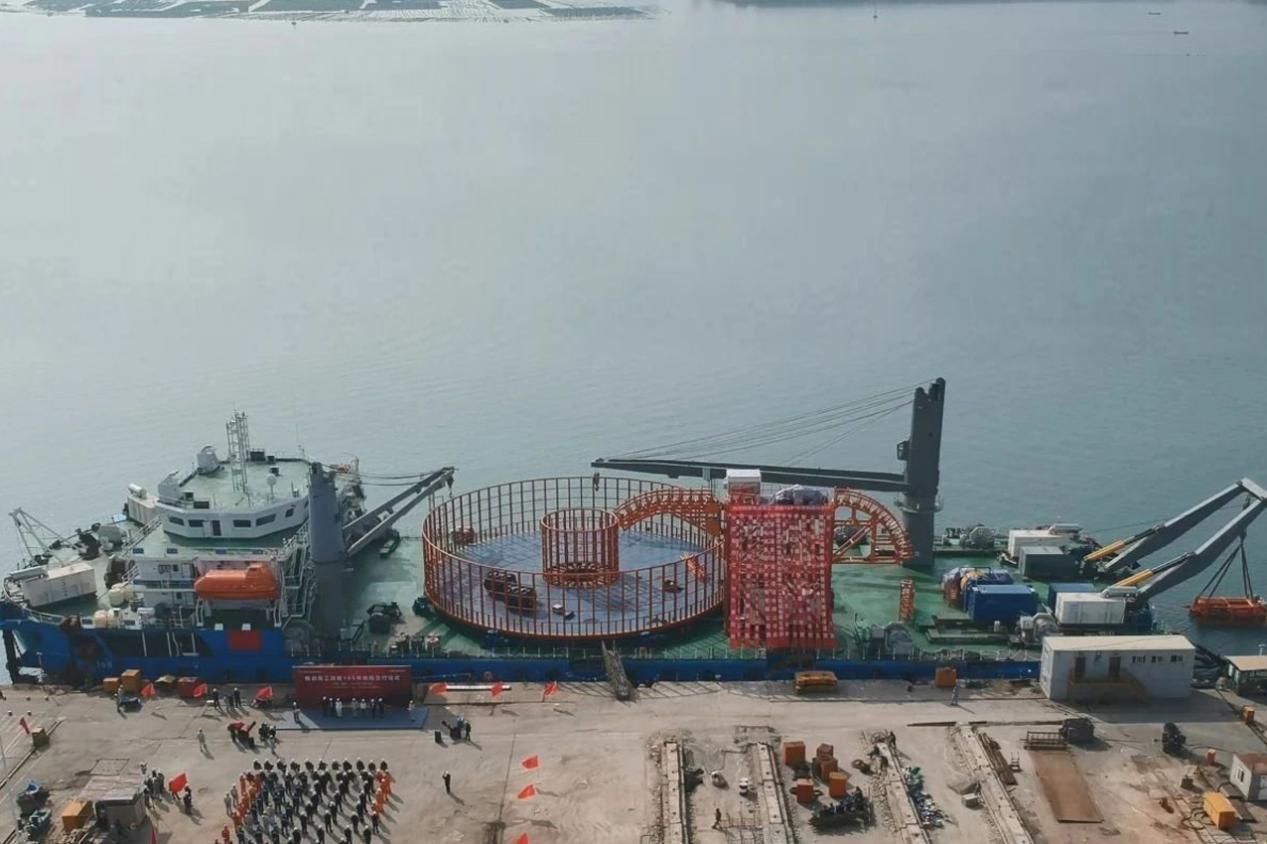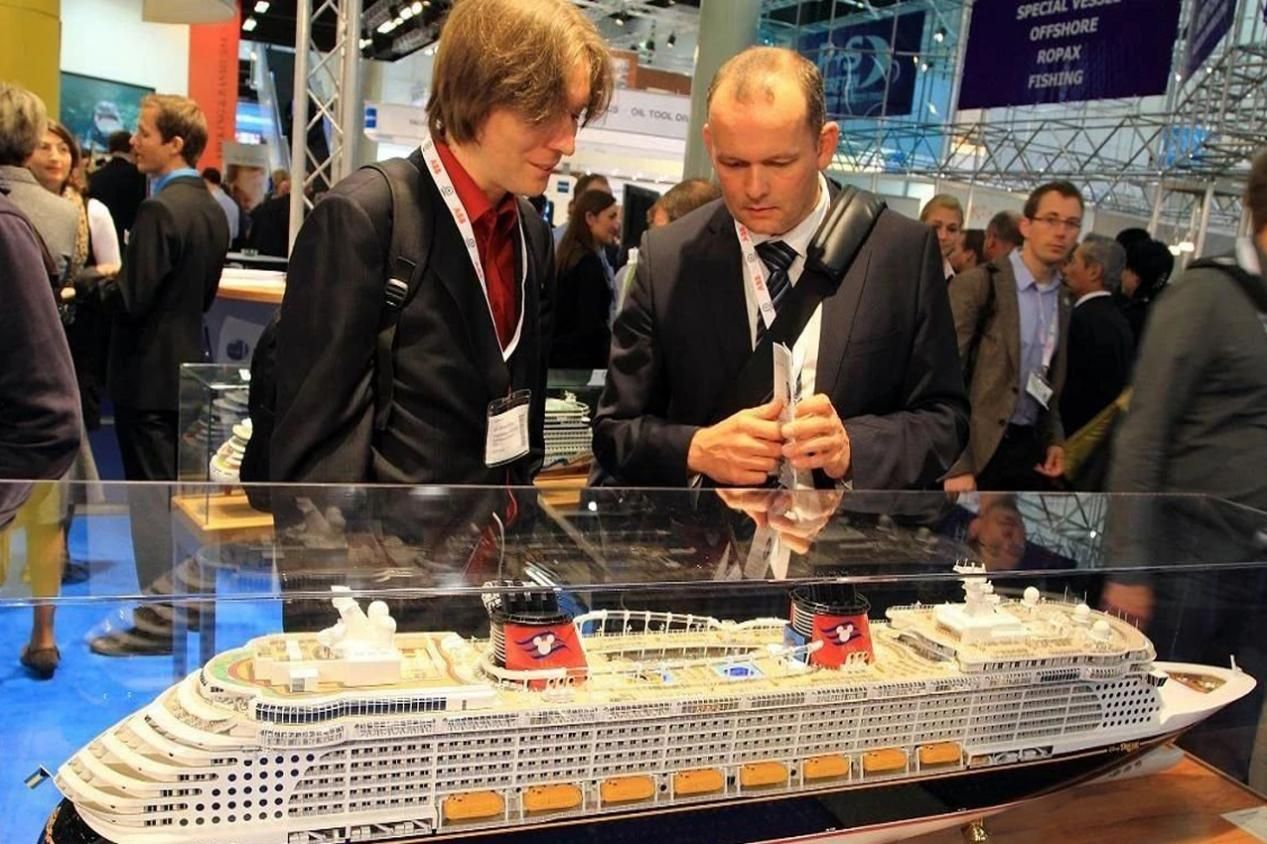新造船首制船独有报验项目总结
Summary of Unique Inspection Items for First-of-Class Newbuilding?vessel?

一、船模试验(Model Basin Tests) ?
船模试验发生在实船建造之前的设计验证阶段,通常在船模试验水池进行。其结果是首制船设计的基础,不是实船建造完成后的报验项目。其验证内容包括:?
Model basin tests are conducted during the design verification phase before actual ship construction, typically in a ship model test basin. The results form the basis for the lead ship's design and are not acceptance items after the ship is built. Verification contents include:?
- 阻力与推进性能 (Resistance & Propulsion Performance)?
- 耐波性 (Sea?keeping) ?
- 操纵性 (Manoeuvrability - including prediction of turning circle, Z-manoeuvre, stopping, etc.)?
- 螺旋桨空泡试验 (Propeller Cavitation Test)?
备注:此项作为首制船特有的前期验证活动,其性质不同于实船报验项目。?
Note: As a unique pre-construction verification activity for the lead ship, this differs in nature from acceptance items of the completed vessel.?
二、主机台架试验(Engine Shop / Factory Acceptance Test - FAT)??
① NOx 排放试验 (NO? Emission Test):验证主机满足法规(如 IMO Tier II/III)的氮氧化物排放要求。?
Verify that main engine meets nitrogen oxide emission requirements of regulations (e.g., IMO Tier II/III).?
② 主机停缸试验 (Engine Cut-out Test):模拟部分气缸失效时主机的运行状态、平衡能力和控制系统响应。?
Simulate engine operation, balance capability, and control system response under partial cylinder failure.?
③ 主机停增压器试验 (Engine Turbocharger Cut-out Test):模拟单个或多个增压器失效时主机的运行状态、恢复能力和控制系统响应。?
Simulate engine operation, recovery capability, and control system response under single or multiple turbocharger failure.?
④ 燃油/燃气模式切换试验 (Fuel/Gas Mode Change-over Test)(针对双燃料主机):验证不同燃料模式下主机的平稳切换和运行。?
(For dual-fuel engines): Verify smooth switching and operation between different fuel modes.?
⑤ 特殊工况运行试验 (Special Condition Operation Test):可能包括超负荷、低负荷持续运行等合同或规范要求的特殊测试。?
Include special tests as required by contracts or codes, such as continuous operation under overload or low load.?
⑥ 安全系统验证试验 (Safety System Verification Test):如超速保护、滑油低压、冷却水高温等安全停机功能的验证(通常在台架更彻底)。?
Verify safety shutdown functions (more thoroughly conducted during FAT), such as over?speed protection, low lube oil pressure, and high cooling water temperature. ?
三、码头试验(Harbour Acceptance Tests - HAT) ?
a. 倾斜试验 (Inclining Experiment):?
最核心首制船项目,精确确定船舶空船重量和重心位置(KG),用于验证稳性计算。?
The core inspection item for the lead ship, accurately determining the lightship weight and center of gravity (KG) to verify stability calculations.?
b. 液舱强度试验 (Tank Strength Test / Tank Testing):?
对所有液舱(货舱、压载舱、燃油舱、淡水舱等)进行充水至设计压力(通常至空气管顶)的试验,验证舱室结构强度和密性。?
Test all tanks (cargo tanks, ballast tanks, fuel oil tanks, fresh water tanks, etc.) by filling with water to the design pressure (typically up to the top of the air pipe) to verify structural strength and tightness.?
c. 舱盖风雨密试验 (Hatch Cover Weather?tightness Test): ?
通常用水冲或冲水试验验证,对首制船所有货舱盖进行试验。(虽然非首制船也做,但首制船因新设计更关键)。?
Typically verified by water spray or water flooding test, conducted for all cargo hatch covers of the lead ship (critical for new designs, though also performed on follow-up ships).?
d. 压载水处理系统试验 (Ballast Water Treatment System - BWTS Test):?
验证整套BWTS 在码头状态的运行、处理能力和联锁。(因系统复杂且法规强制,首制船验证尤为重要)。 ?
Verify the operation, treatment capacity, and interlocks of the entire BWTS in harbour conditions (particularly important for lead ships due to system complexity and regulatory mandates).?
e. 关键系统联调试验 (Integrated System Commissioning):?
对推进、电站、自动化、安全等系统进行更深入的码头状态联动测试,为海试做准备。(首制船比后续船更全面)。?
Conduct in-depth joint tests on propulsion, power station, automation, safety, and other systems in harbour conditions to prepare for sea trials (more comprehensive for lead ships than follow-up vessels).?

四、航行试验Sea?Trial??
(1) 操纵性试验 (Manoeuvrability Tests):?
- 惯性试验 (Stopping Test / Crash Astern Test)?
- 回转试验 (Turning Circle Test)?
- Z 形操纵试验 (Zig-zag Manoeuvre Test)?
- 威廉森旋回试验 (Williamson Turn)——用于人员落水救援?
for man-overboard rescue?
- 航行稳定性试验 (Course Keeping / Straight Line Stability Test)?
(2) 性能试验 (Performance Tests):?
- 航速测定 (Speed Trial):在不同主机功率下测量航速,验证合同航速保证值。(核心首制船验证项目)?
Measure speed at different main engine powers to verify contract speed guarantees (core acceptance item for lead ships).?
- 油耗测量 (Fuel Oil Consumption Measurement):在指定工况下测量主机和辅机的油耗,验证合同保证值。?
Measure fuel consumption of main and auxiliary engines under specified conditions to verify contract guarantees.?
(3) 振动与噪音试验 (Vibration & Noise Tests):?
- 振动试验 (Vibration Measurement)?
- 噪音试验 (Noise Level Measurement)——通常在驾驶室、机舱控制室、住舱等关键区域测量。?
Typically measured in key areas such as the bridge, engine control room, and accommodation spaces.?
(4) 推进与轴系试验 (Propulsion & Shafting Tests):?
- 轴系扭振测量 (Shaft Torsional Vibration Measurement)——在航行中不同工况下进行。?
conducted under different conditions at sea.?
(5) 辅助系统试验 (Auxiliary System Tests):?
- 锅炉蒸发量试验 (Boiler Evaporation Capacity Test)——验证满足设计需求。?
verify meeting design requirements.?
(6) 应急与安全试验 (Emergency & Safety Tests):?
- 瘫船试验/丧失动力试验 (Blackout Test / Recovery from Dead Ship Condition):模拟全船失电后恢复推进和关键系统的能力。?
Simulate recovery of propulsion and critical systems after total power failure.?
- 无人机舱试验 (Unmanned Machinery Space - UMS Test):验证自动化系统在机舱无人状态下正常运行和报警的能力(核心自动化验证)。?
Verify the automation system's capability to operate normally and alarm in unmanned machinery spaces (core automation verification).?
(7) 导航与信号试验 (Navigation & Signalling Tests):?
- 雷达盲区测定 (Radar Shadow Sector Measurement)?
- 航行信号灯角度验证 (Navigation Light Sector Verification)?
(8) 舵机试验 (Steering Gear Tests):?
包括满舵时间、一台舵机故障转换、应急操舵等。(虽非独有,但首制船验证设计更重要)?
Include full rudder travel time, failure transfer between rudders, emergency steering, etc. (though not unique, critical for verifying design in lead ships).?
(9) 侧推器试验 (Bow/Stern Thruster Tests):?
验证侧推器效能及其对操纵性的影响。?
Verify thruster efficiency and impact on manoeuvrability.?
(10) 主机遥控系统试验 (Main Engine Remote Control System Test):?
在不同位置(驾驶室、集控室、机旁)对主机进行全工况遥控操作验证。?
Verify full-condition remote operation of the main engine from different locations (Bridge, Engine Control Room, Engine side).?
(11) 特定设备海试 (Sea Trials for Specific Equipment):?
如首制船特有的节能装置(ESD)效果验证、特殊货物装卸系统功能测试等。?
E.g., verification of energy-saving devices (ESD) unique to the lead ship, functional tests for special cargo handling systems, etc.?
五、抛锚试验(Anchor Test) ?
1. 首制船需进行抛锚试验,如重力抛锚、动力抛锚。在开放水域直接测试:?
For the first-of-class ship, anchor dropping tests (such as "gravity anchor dropping" and "powered anchor dropping") shall be carried out, with direct testing conducted in the open water area:?
① 锚机刹车力与起锚速度;?
Windlass braking force and anchor hoisting speed;?
② 锚链与锚爪啮合状态;?
Engagement condition between anchor chain and fluke;?
③ 锚链舱排链顺畅性;?
Smoothness of chain stowage in chain locker;?
④ 整体系统协调性(如止链器功能);?
Overall system coordination (e.g., chain stopper functionality);?
⑤ 另外,锚抓力试验或锚负荷试验:?
Additionally, Anchor Holding Power Test / Anchor Proof Load Test:?
a). 静态拉力试验 (Static Pull Test):在选定水域抛锚,船舶慢速后退,逐步增加拉力至规定值(通常为锚链破断力的某一百分比),验证锚的抓底能力和锚机/制动器的性能。?
Anchor in a selected area, the ship moves astern slowly, gradually increasing pull force to the specified value (usually a percentage of the anchor chain's breaking strength) to verify anchor holding capacity and windlass/brake performance.?
b). 动态刹车试验 (Dynamic Brake Test):船舶在后退中抛锚,测试锚机刹车系统能否有效刹住并控制锚链。?
Anchor the ship while moving astern, testing whether the windlass brake system can effectively hold and control the anchor chain.?
2. 首制船锚泊系统的特殊验证,尽管无需木锚试验,首制船需额外关注:?
For the special verification of the anchoring system of the first-of-class ship, although scaled wooden anchor tests are not required, the first-of-class ship shall pay extra attention to:?
a. 设计验证 (Design verification):?
锚与船型的匹配性(如球鼻艏船舶需防锚碰壳);?
Compatibility between the anchor and hull form (e.g., bulbous bow vessels need to prevent anchor collision with hull);?
锚链长度与船舶尺寸、航区的合规性(IMO 要求)。?
Compliance of anchor chain length with vessel dimensions and navigation area (IMO requirements).?
b. 工艺验证 (Process verification):?
锚机基座焊接强度;?
Welding strength of windlass foundation;?
锚链舱防腐蚀处理;?
Anti-corrosion treatment of chain locker;?
系统安装精度(避免锚链卡滞)。?
System installation accuracy (to avoid chain jamming).?
c. 极端工况测试 (Extreme condition testing):?
在系泊试验中模拟紧急起锚、大风浪状态,验证系统可靠性。?
Simulate emergency anchor hoisting and heavy sea conditions during mooring tests to verify system reliability.?
3. 延伸说明 (Extended explanation):?
目前为何无需缩比木锚试验??
Why are scaled wooden anchor tests no longer required at present??
① 材料性能不匹配:?
木质模型无法模拟钢质锚的刚度、重量分布及抓底动态,试验结果无实际参考价值;?
Material property mismatch: Wooden models cannot simulate the stiffness, weight distribution, and holding dynamics of steel anchors, rendering the test results without practical reference value;?
② 比例效应失真:?
缩比后流体动力学特性(如水流阻力、锚爪入泥深度)与实船差异极大,导致数据失真;?
Scale effect distortion: After scaling, the hydrodynamic characteristics (e.g., water flow resistance, fluke penetration depth) differ significantly from those of the full-scale ship, leading to data distortion;?
③ 成本与效率问题:?
制作高精度缩比模型耗时费力,远不如直接进行实船试验或数字仿真经济高效。?
Cost and efficiency issues: Manufacturing high-precision scaled models is time-consuming and labor-intensive, which is far less cost-effective and efficient than directly conducting full-scale tests or digital simulations.?
联络、沟通、访问:
☆副总经理兼项目总监:董先生
13562268220☆副总经理兼工程建造总监:张先生
15275216692☆加盟合作兼购销总监:黄女士
13563353262☆对外事务兼市场开发总监:侯女士
152 6520 9319☆邮箱:
☆东营市洁源化学清洗有限公司
位置:山东省东营市广饶经济技术开发区文安路807号
☆青岛东海深蓝海洋工程有限公司
位置:青岛市市南区山东路10号乙
☆青岛工程项目综合管理办公室
位置:黄岛区长江东路泽润金融广场A座8009室
☆产品、技术研发中心:东营市化学清洗与防腐蚀技术研究所
☆产研试验基地
位置:山东省东营市广饶经济技术开发区文安路807号
Copyright©东营市洁源化学清洗有限公司
鲁ICP备2024108606号-1技术支持·
润商科技